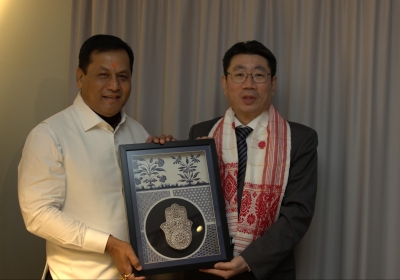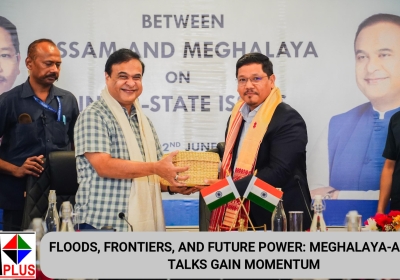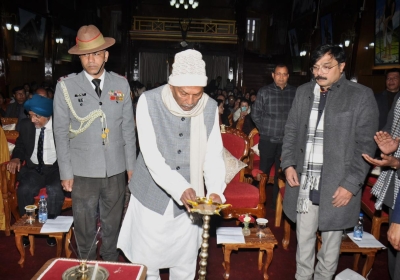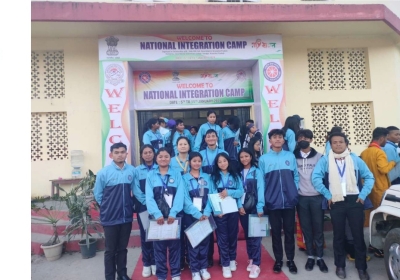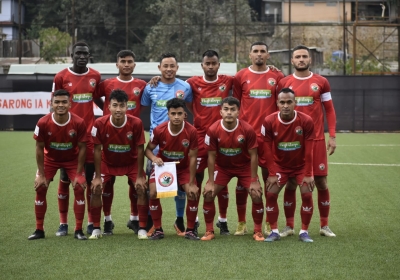CMs OF ASSAM & MEGHALAYA AIM FOR SCIENTIFIC APPROACH TO BORDER AND ENVIRONMENTAL ISSUES
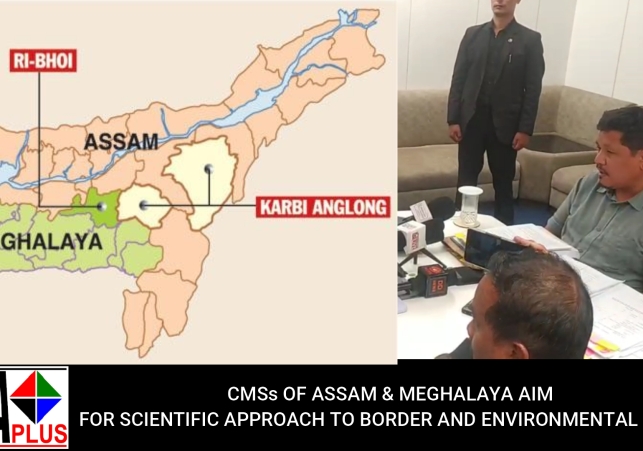
Meghalaya Chief Minister Conrad K Sangma has stated that his government is actively engaging with the local communities of Pilangkata and Maikhuli, along with the Ri Bhoi district administration, to address the concerns of residents who have expressed opposition to being included in Assam in the final boundary resolution.
He noted that both states had differing interpretations of the Memorandum of Understanding signed in 2022 during the first phase of border settlement. In order to avoid complications, Sangma informed that deputy commissioners from both sides had been tasked with groundwork, following which regional committee chairpersons would deliberate on the details before a final meeting between the two Chief Ministers to confirm the placement of boundary pillars in Pilangkata and Maikhuli. However, he acknowledged that the process might take some time.
The Chief Minister also expressed optimism that the boundary demarcation, including the installation of pillars in Tarabari, Gizang, Hahim, and Boklapara, could be completed before August 15 this year.
Regarding Malang Salbari, Sangma pointed out that the area was not listed in the 2012 report on disputed territories, as it had been shown as part of Assam by the then Meghalaya government. He questioned how the current administration could claim it now when no such demand had been made earlier, though he added that efforts would be made during surveys to see how the area could be addressed.
Describing the situation as complex, he stressed that the government was making every effort to resolve it thoughtfully.
On the more sensitive areas of Block I and II, Sangma clarified that these were currently not part of the ongoing talks due to the high emotions and complexity involved. He emphasized that both state governments were aware of the issue but would proceed cautiously and only take steps that would have broad acceptance.
Addressing environmental concerns raised by Assam—specifically that hill-cutting in Meghalaya was contributing to flooding in Guwahati—Sangma said that during a recent Chief Minister-level meeting, both states had agreed to examine the issue through a scientific lens. He stressed the need to rely on data, rainfall patterns, and water flow dynamics in urban areas like Guwahati to arrive at factual and evidence-based conclusions.
